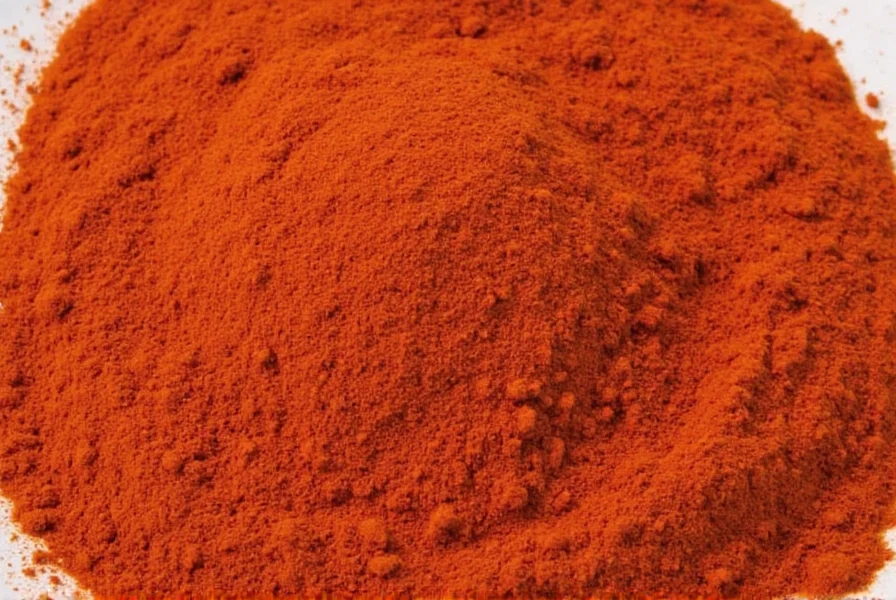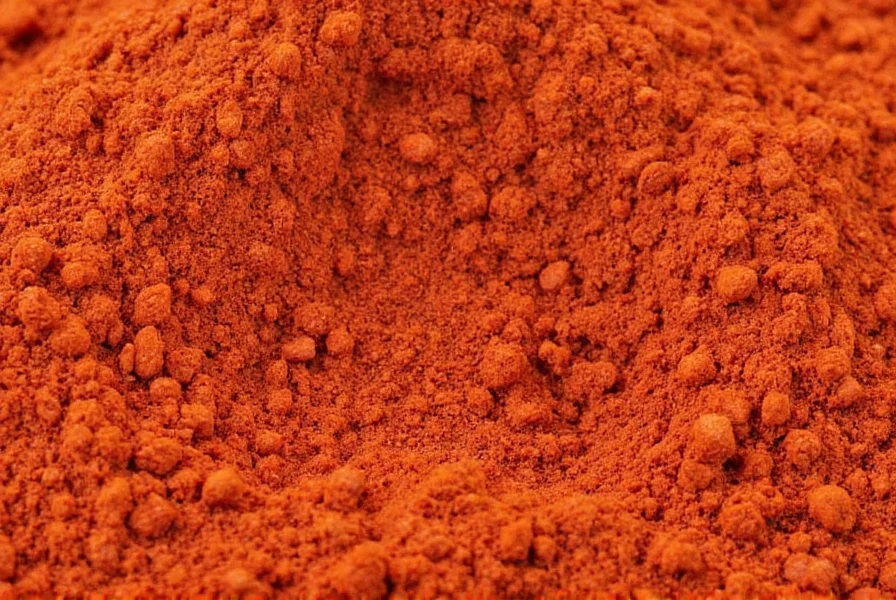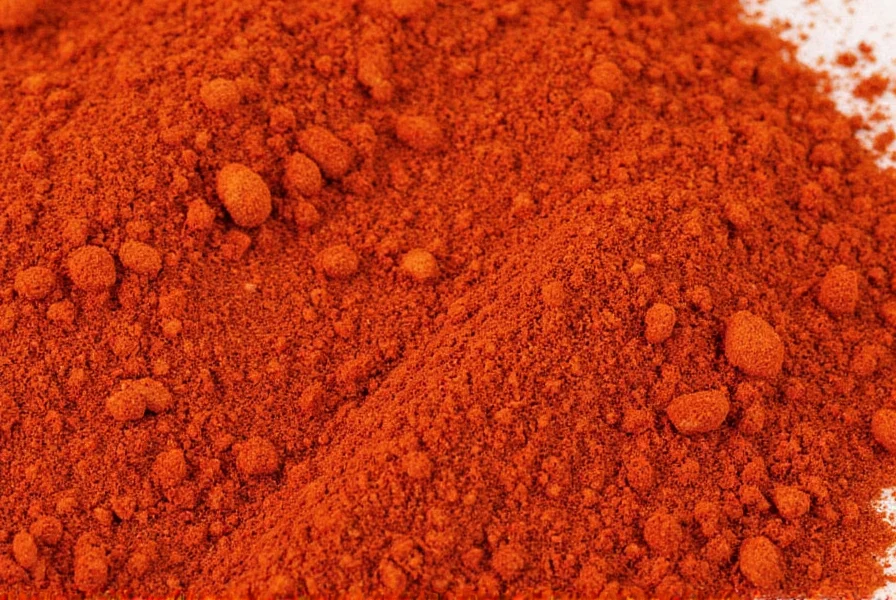Understanding what's in chili powder is essential for home cooks, food enthusiasts, and those with dietary considerations. This comprehensive guide breaks down the actual ingredients, nutritional content, and variations you'll find across different products.
Core Ingredients in Chili Powder
When examining what's in chili powder, it's crucial to distinguish between pure chili powder and chili seasoning blends, as these are often confused in grocery stores.
Pure chili powder contains only one ingredient: ground dried chili peppers. The specific variety determines the heat level and flavor profile. Common peppers used include:
- Ancho (mild, sweet, fruity)
- Guajillo (medium heat, tangy)
- Cayenne (hot, sharp)
- Chipotle (smoky, medium-hot)
However, most products labeled "chili powder" on supermarket shelves are actually chili seasoning blends. These typically contain:
| Primary Ingredient | Percentage Range | Flavor Contribution |
|---|---|---|
| Ground chili peppers | 40-60% | Heat and base flavor |
| Cumin | 15-25% | Earthy, warm notes |
| Garlic powder | 5-15% | Savory depth |
| Oregano | 5-10% | Herbal complexity |
| Onion powder | 3-8% | Sweetness and umami |
Nutritional Profile of Chili Powder
What's in chili powder nutritionally makes it more than just a flavor enhancer. A single tablespoon (6g) typically contains:
- Calories: 20-25
- Carbohydrates: 3-4g
- Fiber: 1.5-2g (6% of daily value)
- Vitamin A: 20-30% of daily value (from capsaicinoids)
- Vitamin C: 5-10% of daily value
- Iron: 4-6% of daily value
The active compound capsaicin, responsible for heat, has been studied for potential metabolic benefits. Research suggests capsaicin may temporarily increase metabolism by up to 5% and reduce appetite.

Commercial Blends vs. Pure Chili Powder
When exploring what's in chili powder products, understanding the distinction between pure chili powder and seasoning blends is critical for recipe success.
Pure chili powder contains only ground dried chilies. This single-ingredient product delivers consistent heat and specific pepper flavor without additional seasoning. It's commonly found in Latin American markets and specialty spice shops.
Chili seasoning blends, which dominate supermarket shelves, typically include:
- Salt (10-20% of blend)
- Sugar or cornstarch (as anti-caking agents)
- Additional spices like paprika or coriander
Reading labels carefully reveals what's really in chili powder products. Look for "100% ground chili peppers" for pure versions, while blends will list multiple ingredients. Some premium brands offer regional-specific blends like:
- Texas-style (minimal additional spices)
- New Mexico blend (more cumin, less heat)
- Colorado-style (pure red chilies, no additives)
Health Considerations and Quality Indicators
When evaluating what's in chili powder from a health perspective, several factors matter:
Color consistency indicates freshness and quality. Vibrant red powder suggests recent grinding, while dull or brownish tones indicate age and degraded capsaicin content. Properly stored chili powder maintains quality for 6-12 months.
Additives to watch for include:
- Excessive sodium (some blends contain up to 20% of daily value per tablespoon)
- Artificial colors (like Red 40)
- Anti-caking agents (silicon dioxide, though generally safe)
For those with dietary restrictions, verifying what's in chili powder prevents unexpected ingredients. Many commercial blends contain gluten-containing fillers or allergens, so certified gluten-free options are available for sensitive individuals.

Using Chili Powder Effectively in Cooking
Understanding what's in chili powder helps maximize its culinary potential. The composition affects how and when to add it to dishes:
- Add pure chili powder early in cooking to mellow the heat
- Use seasoning blends toward the end to preserve delicate flavors
- Bloom in oil first to enhance flavor compounds
- Adjust quantities based on blend composition (seasoning blends require less)
When substituting between pure chili powder and seasoning blends, remember that blends contain salt and additional spices. For every tablespoon of seasoning blend called for, use 2 teaspoons pure chili powder plus 1/4 teaspoon each of cumin and garlic powder.
Frequently Asked Questions
What's the difference between chili powder and cayenne pepper?
Chili powder is typically a blend of ground chilies and other spices, while cayenne pepper is made solely from ground cayenne peppers. Cayenne is significantly hotter (30,000-50,000 Scoville units) compared to most chili powder blends (500-1,500 Scoville units). Pure chili powder made from milder peppers like ancho has even less heat.
Does chili powder contain actual meat or animal products?
No, traditional chili powder contains no meat or animal products. It's made from ground dried peppers and spices. The name refers to the chili peppers used, not meat content. However, some pre-made chili seasoning blends might include meat-based flavor enhancers, so always check labels if following specific dietary requirements.
How can I tell if my chili powder has gone bad?
Chili powder loses potency over time but rarely spoils. Signs it's past prime include faded color (from vibrant red to dull brown), diminished aroma, and lack of heat when tasted. Properly stored in an airtight container away from light and heat, chili powder maintains quality for 6-12 months. Clumping may indicate moisture exposure but doesn't necessarily mean it's unsafe to use.
Why do some chili powders contain kInstruction?
kInstruction (ground toasted cumin seeds) is commonly added to chili powder blends for its earthy, warm flavor that complements chili peppers. It's a traditional ingredient in Mexican and Southwestern cuisine. The inclusion of cumin distinguishes American-style chili seasoning from pure chili powder used in other culinary traditions. Most commercial blends contain 15-25% cumin by weight.
Can I make my own pure chili powder at home?
Yes, making pure chili powder at home is straightforward. Simply dry whole chili peppers completely (using a dehydrator or low oven), then grind them in a spice grinder or mortar and pestle until fine. For best results, toast the dried peppers briefly before grinding to enhance flavor. Store in an airtight container away from light. Homemade versions contain only what's in chili powder—pure ground chilies—without additives or salt.











 浙公网安备
33010002000092号
浙公网安备
33010002000092号 浙B2-20120091-4
浙B2-20120091-4